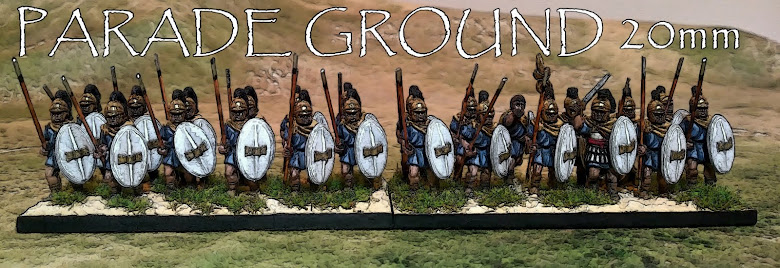Roughly how I painted Italian Allied Legionaries:
- Base coat with GW Tallern Flesh.
- Paint tunics various colours.
- Paint armour, helmets, standard with VJ Brass.
- Paint spear shafts Bronzed Flesh.
- Paint Feathers black.
- Paint leader's cloak with dark grey.
- Apply GW Delvan Mud Wash.
- Highlight skin with GW Tallern Flesh (face with GW Elf Flesh).
- Highlight tunics with original colours.
- Highlight armour, helmet and standard with VJ Old Gold.
- Apply GW Flesh Wash to spear shafts.
- Dry brush leader's cloak light grey.
- Base coat spear tips and swords black, paint with GW Chainmail.
- Shields, base coat GW Deneb Stone/Bleached Bone/Space Wolves Grey, GW Mud Wash, highlight original colour.
- Shield boss base coat with GW Boltgun Metal, highlight GW Mithril Silver.





















































